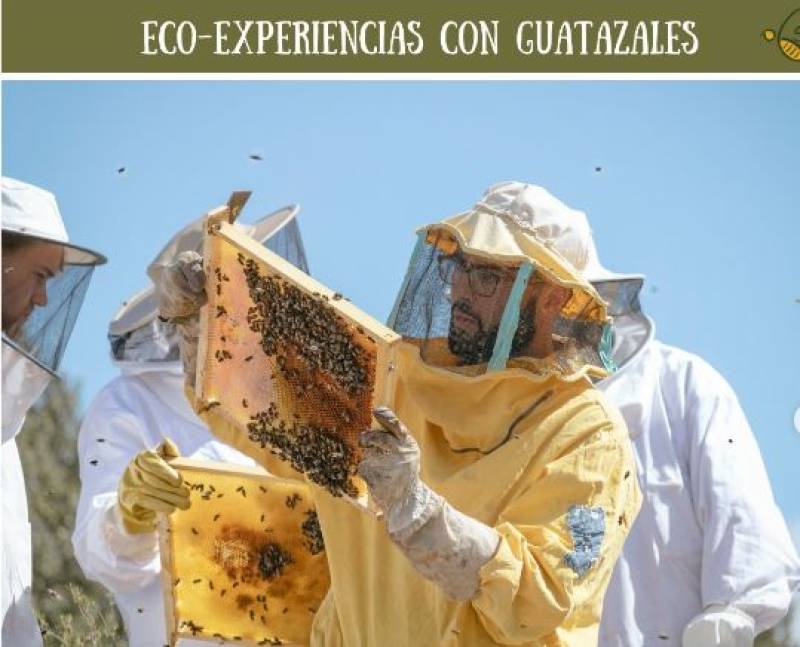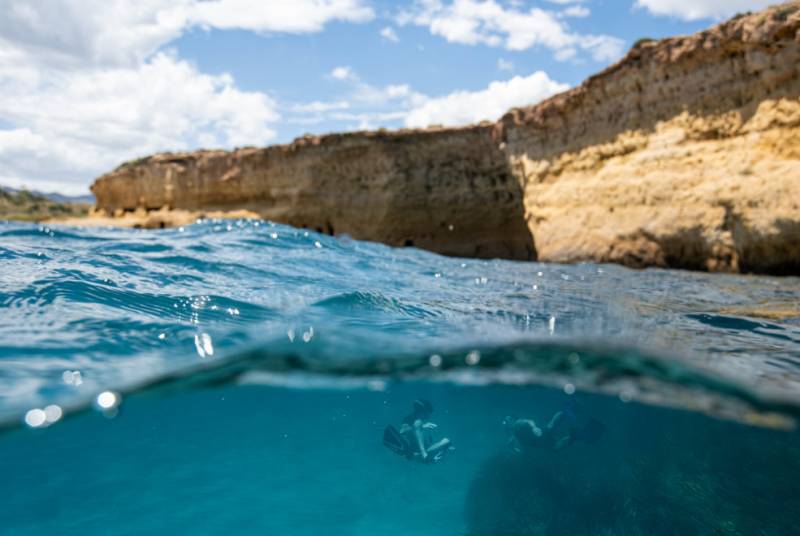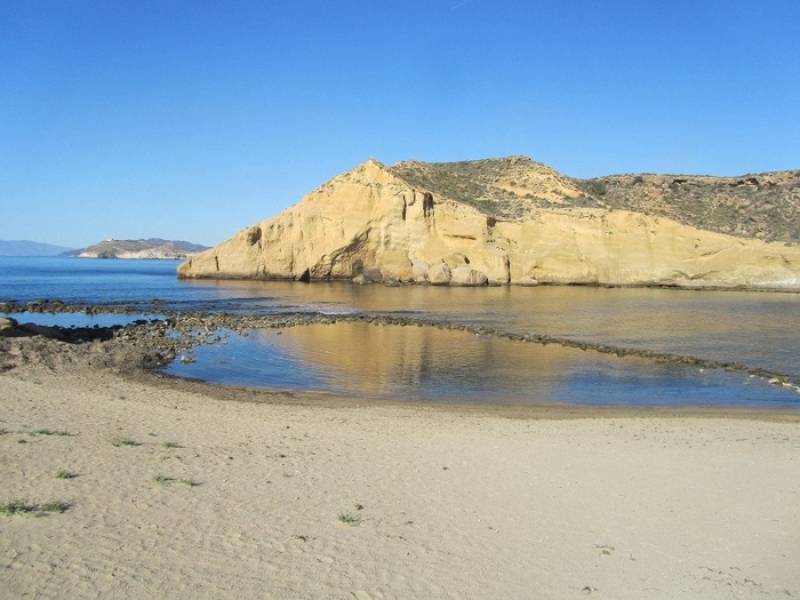

Guidelines for submitting articles to Hacienda Riquelme Golf Resort Today
Hello, and thank you for choosing Hacienda Riquelme Golf Resort.Today to publicise your organisation’s info or event.
Hacienda Riquelme Golf Resort Today is a website set up by Murcia Today specifically for residents of the urbanisation in Southwest Murcia, providing news and information on what’s happening in the local area, which is the largest English-speaking expat area in the Region of Murcia.
When submitting text to be included on Hacienda Riquelme Golf Resort Today, please abide by the following guidelines so we can upload your article as swiftly as possible:
Send an email to editor@spaintodayonline.com or contact@murciatoday.com
Attach the information in a Word Document or Google Doc
Include all relevant points, including:
Who is the organisation running the event?
Where is it happening?
When?
How much does it cost?
Is it necessary to book beforehand, or can people just show up on the day?
…but try not to exceed 300 words
Also attach a photo to illustrate your article, no more than 100kb

Diving off the coast of Cartagena and La Azohía and in the marine reserve of Cabo Tiñoso
Spectacular underwater experiences for all levels of diver in some of the clearest water of the Mediterranean
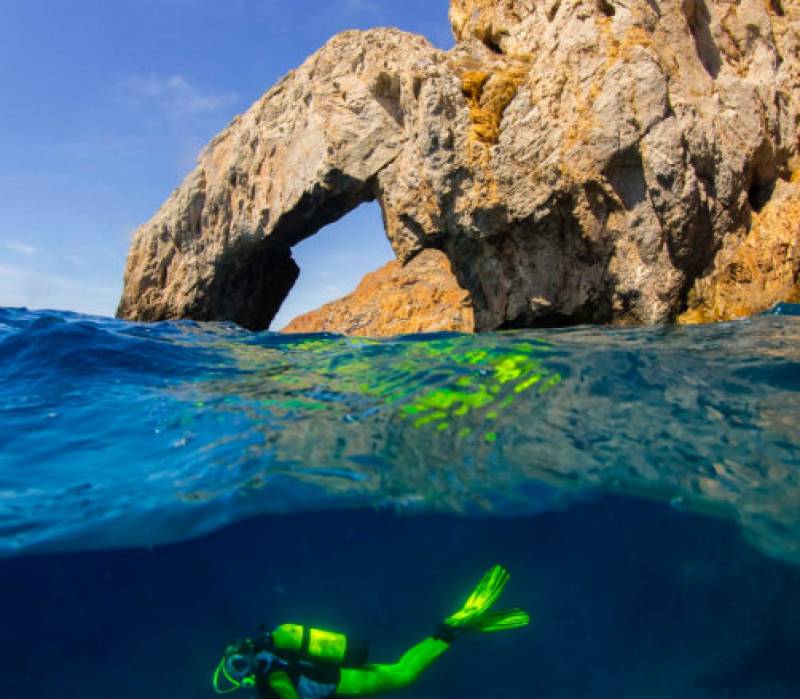 The marine reserve of Cabo Tiñoso was not officially recognized until 2017, but for many years before that the village of La Azohía, on the eastern side of the headland in the crook of the bay of Mazarrón was well known for the clarity of the water and the quality of the dives in the area.
The marine reserve of Cabo Tiñoso was not officially recognized until 2017, but for many years before that the village of La Azohía, on the eastern side of the headland in the crook of the bay of Mazarrón was well known for the clarity of the water and the quality of the dives in the area.
Close to the point where the coastal shelf falls away to a depth of over 1.5 kilometres, the underwater landscape here is full of caves, coves and unique rock formation as well as a varied flora and fauna, with many areas being sheltered from marine currents and wind, making them relatively easy for all levels of diver.
La Azohía is still a fishing village, but these days there is almost as much activity at the jetty by the church due to dive boats as there is involving fishing craft, and this little corner of the Costa Cálida is very firmly established on the diving map of the Mediterranean.
Sites in La Azohía and around Cabo Tiñoso
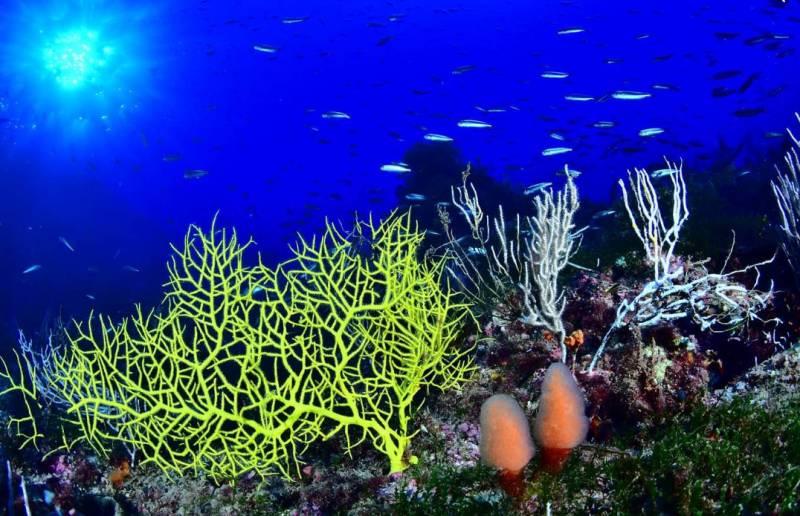 La Garita – located at the foot of an old military structure, the rocks here form a series of terraces going down to a depth of 30 metres, where predatory sea snails can still be seen. Also a great location for night dives, due partly to its being protected from marine currents.
La Garita – located at the foot of an old military structure, the rocks here form a series of terraces going down to a depth of 30 metres, where predatory sea snails can still be seen. Also a great location for night dives, due partly to its being protected from marine currents.
Cala Muñoz – a tiny cove at the mouth of what used to be a rambla (floodwater channel), where the resulting rock debris forms interesting structures which are home to large numbers of crustaceans.
Tajo Colorao – in an area where the coastal rocks take on a reddish hue, the sea bed here descends from 14 to 27 metres, and features countless caves and cavities as well as a wide variety of marine wildlife.
Cala Cerrada - an ideal area for first-time divers and those with little experience, as this small cove is protected from marine currents and reaches a depth of 30 metres. The cove offers underwater cliffs, interesting rock formations and meadows of posidonia sea grass, while seahorses are among the fish which can be observed in the clear water.
The wreck of a small boat is home to eels at a depth of 22 metres, and in the centre of the cove at a depth of 6 metres is a 250-kilo monument to the victims of terrorism in Spain which was laid there in 2008.
Cala Abierta – the cliff face here features large boulders as it goes down to 24 metres beneath the surface, and it is a popular stop-off on trips to Cala Cerrada.
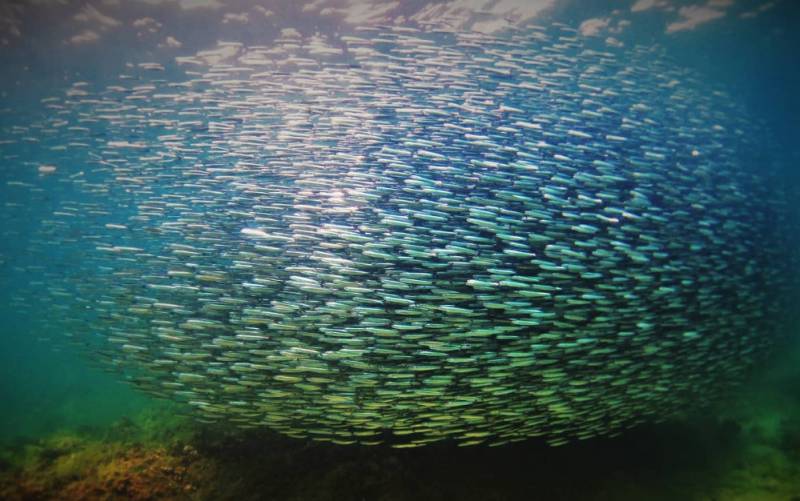 Mina de Cristal – in this area the anchors of the boats used by those mining in a cave above in the past can still be seen, while under the water at depths of between 12 and 30 metres the rocky sea bed descends in terraced formation.
Mina de Cristal – in this area the anchors of the boats used by those mining in a cave above in the past can still be seen, while under the water at depths of between 12 and 30 metres the rocky sea bed descends in terraced formation.
Muellecico – a series of rocky spits project out into the sea and then drop abruptly to a depth of 30 metres.
Cueva del Lago - a site for all levels of diver, with an entrance to a cave at a depth of only 3 to 5 metres, after which it is possible to go on foot to an underground lagoon. Depth 3 to 12 metres.
El Arco – one of the best known dives in the area, with a wide range of underwater landscapes typical of the Mediterranean to a depth of 37 metres. Above the surface it is named after the rock archway which forms the entrance, while below the same archway continues and is home to dentex, sea bream, octopus, sunfish and rays.
The caves of La Loberica – the mouths of five caves with unusual flora and fauna, including “La Herradura” (the horseshoe, CT12), La Catedral (CT11) and La Cueva de los Enamorados (the cave of the beloved, CT17).
Rincón de la Ovaza – this corner of the coastline slopes gently down among rocks and posidonia sea grass to a depth of 22 metres, and boats can be moored next to the caves of Ovaza, where the walls are covered in purple seaweed. Only for expert divers.
Punta Falcón – Described as a site without parallel in the Iberian Peninsula, this area is named due to the alleged presence of falcons on the cliffs behind it, and divers can reach a depth of over 30 metres. The location at the seaward end of Cabo Tiñoso makes it susceptible to strong currents, but experienced divers are rewarded with some of the clearest water in the Mediterranean, extensive sea grass meadows, vertical rock faces and a host of marine animals including shallow and deep water species.
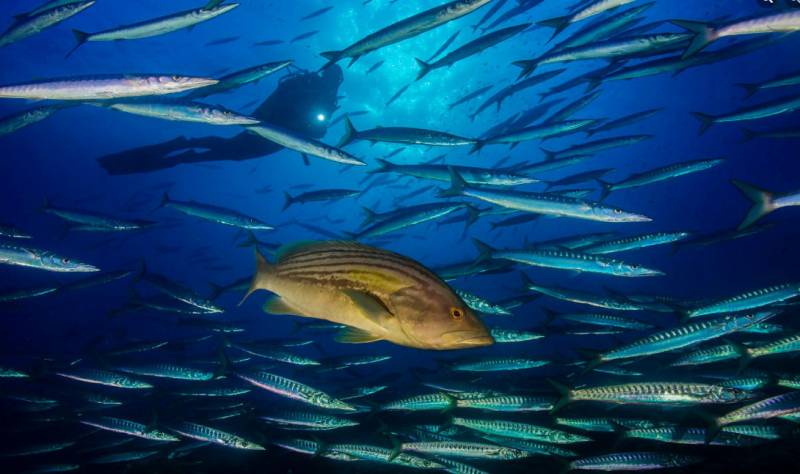 La Farola – the tip of Cabo Tiñoso is a meeting point for the currents flowing in two bays, and is home to banks of predators and even deep sea species: not far from here the sea bed falls away to a depth of over 1,500 metres. Depth 54 metres.
La Farola – the tip of Cabo Tiñoso is a meeting point for the currents flowing in two bays, and is home to banks of predators and even deep sea species: not far from here the sea bed falls away to a depth of over 1,500 metres. Depth 54 metres.
El Corralón – initially a shallow dive in a cove where there is posidonia sea grass as well as boulders on the sea bed, reaching a depth of only 6 metres. But suddenly the bed then falls away to 20 metres, with the clear water making it popular among beginners and an ideal location to observe the marine fauna.
Sites between Cabo Tiñoso and Cartagena
Isla de las Palomas - three different dives are offered, including one around the small island. Depth 5 to 25 metres.
Bajo de las Palomas – an underwater mountain ridge marking the continuation of the island, and going down to a depth of 30 metres.
Cueva Neptuno or Cueva de la Virgen – on the east of Cabo Tiñoso, this is one of the most frequently visited caves in the headland, is easily accessed and at the same time is connected to an interior lagoon. Depth 14 metres.
100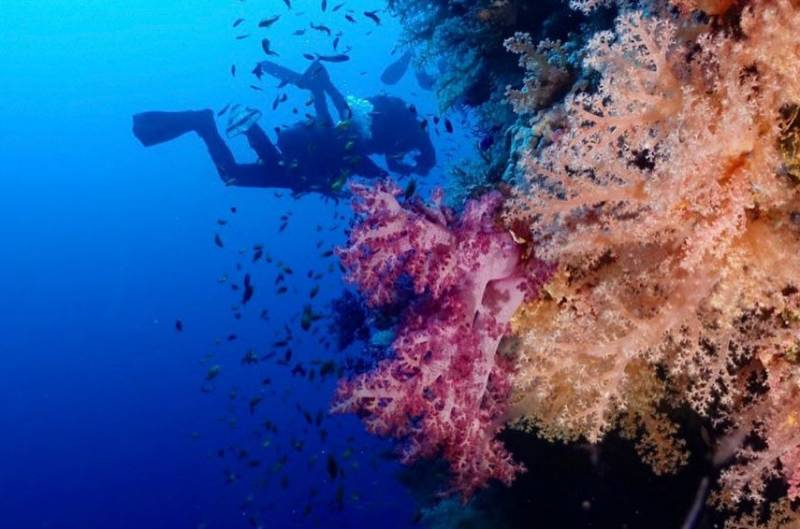 Isla de Escombreras – among three different dives here is the 500-metre-long rack face of the Pared del Capitán at a depth of between 0 and 25 metres.
Isla de Escombreras – among three different dives here is the 500-metre-long rack face of the Pared del Capitán at a depth of between 0 and 25 metres.
Bajo de Escombreras – the continuation of the rock formation which includes the island of the same name. Depth 8 to 35 metres.
Wrecks of the navy dive centre – the remains of a tug boat and an aircraft cabin between 12 and 22 metres below the surface.
Las Siete Colinas – a series of seven ridges at depths of between 10 and 30 metres.
Images: Rivemar / https://buceaenlaregiondemurcia.com/









